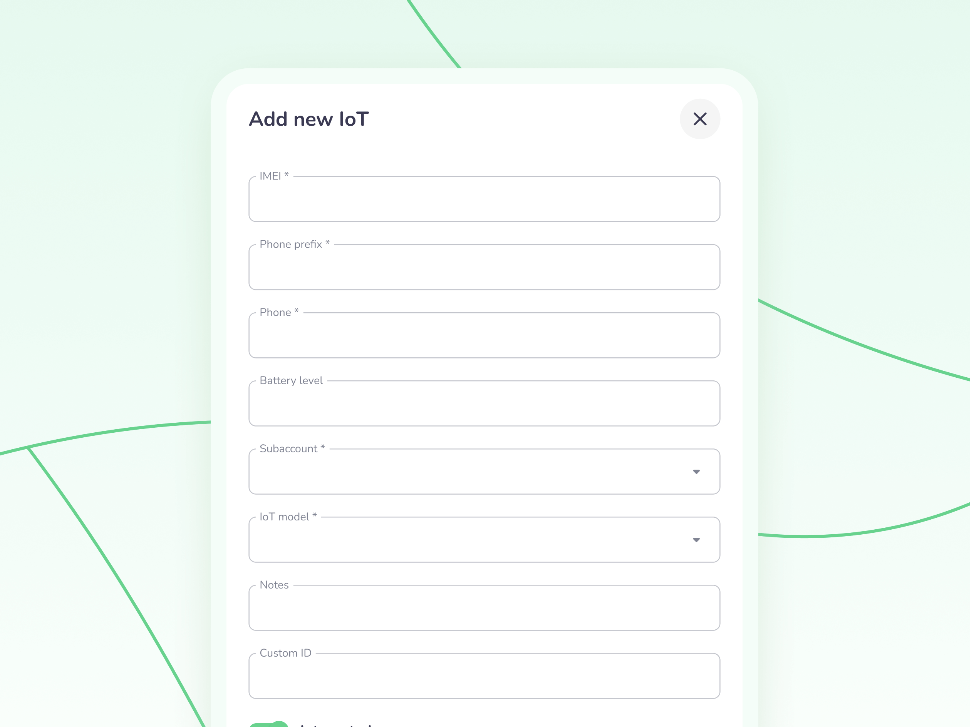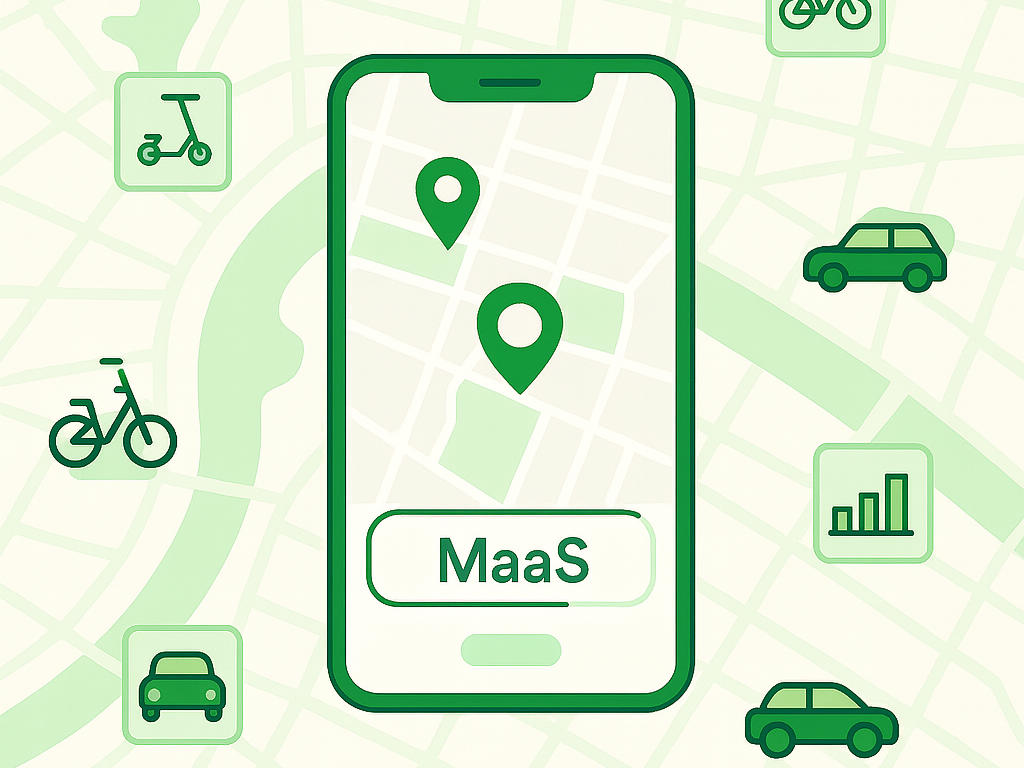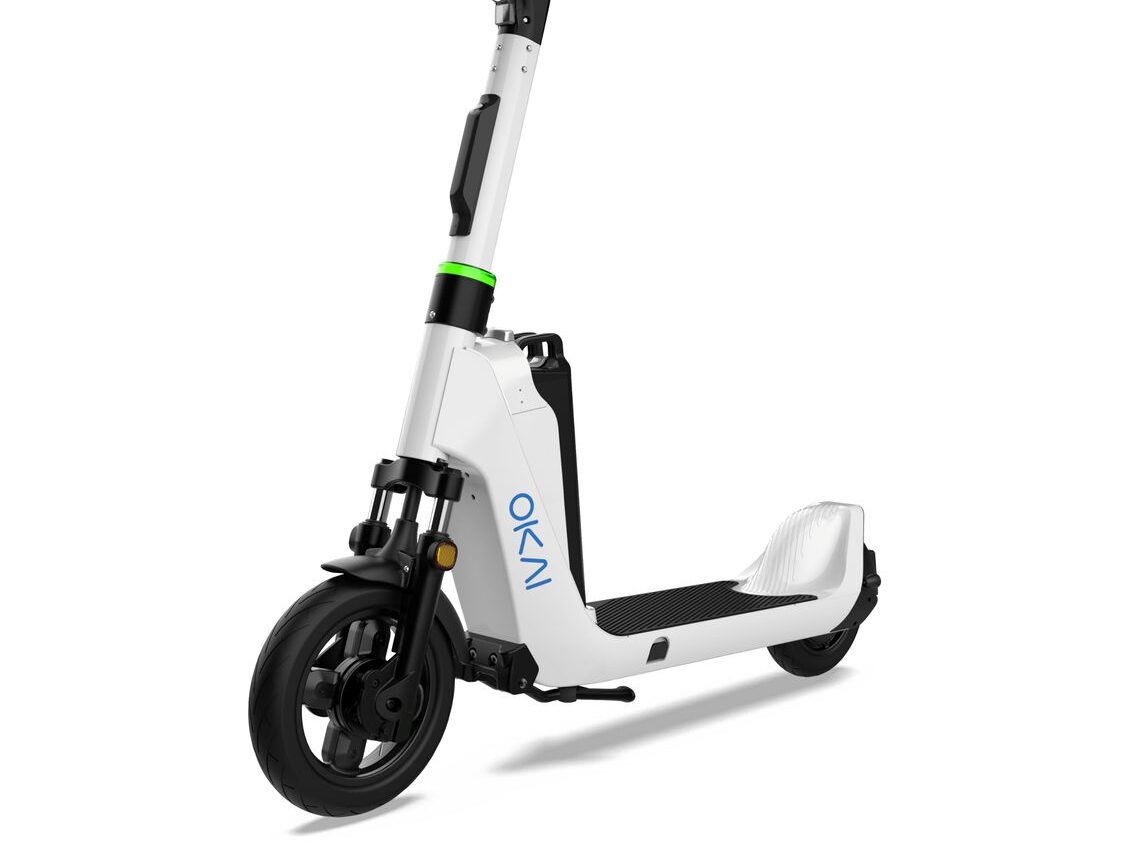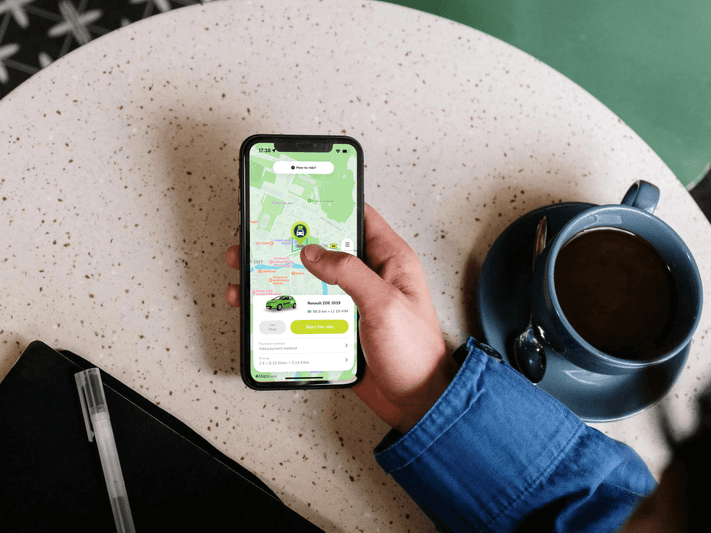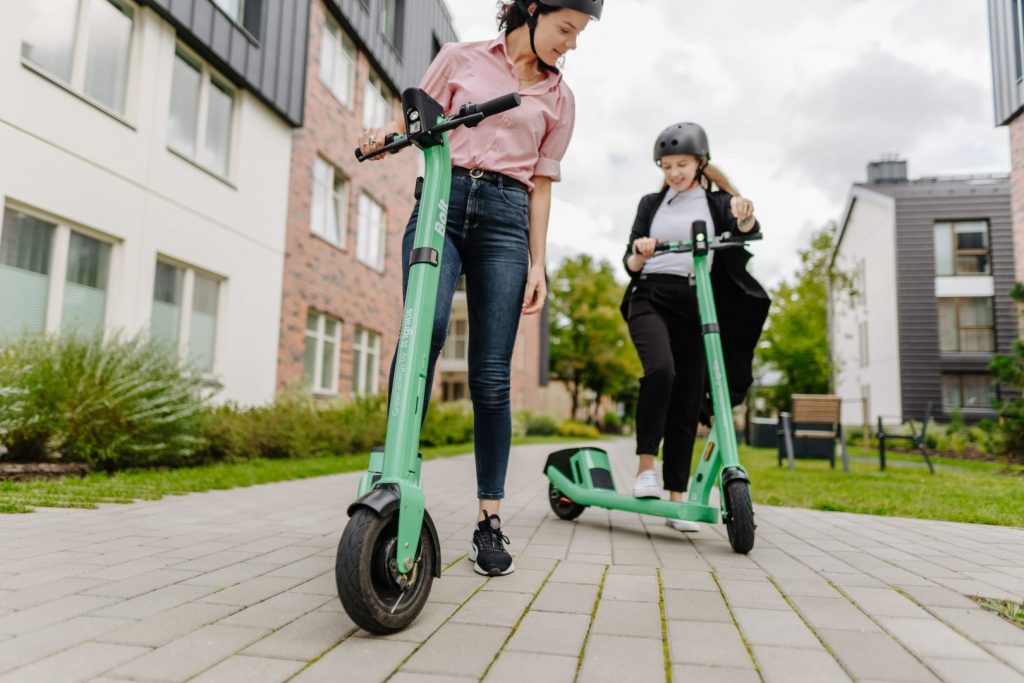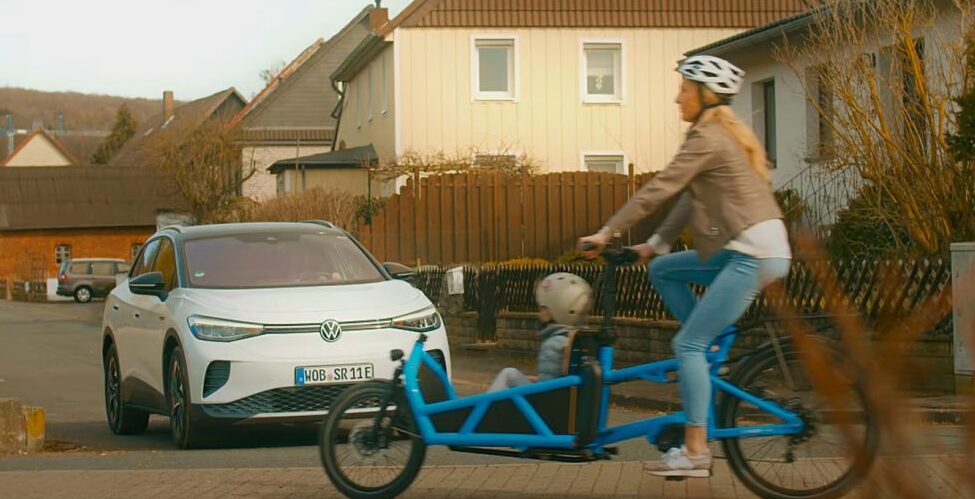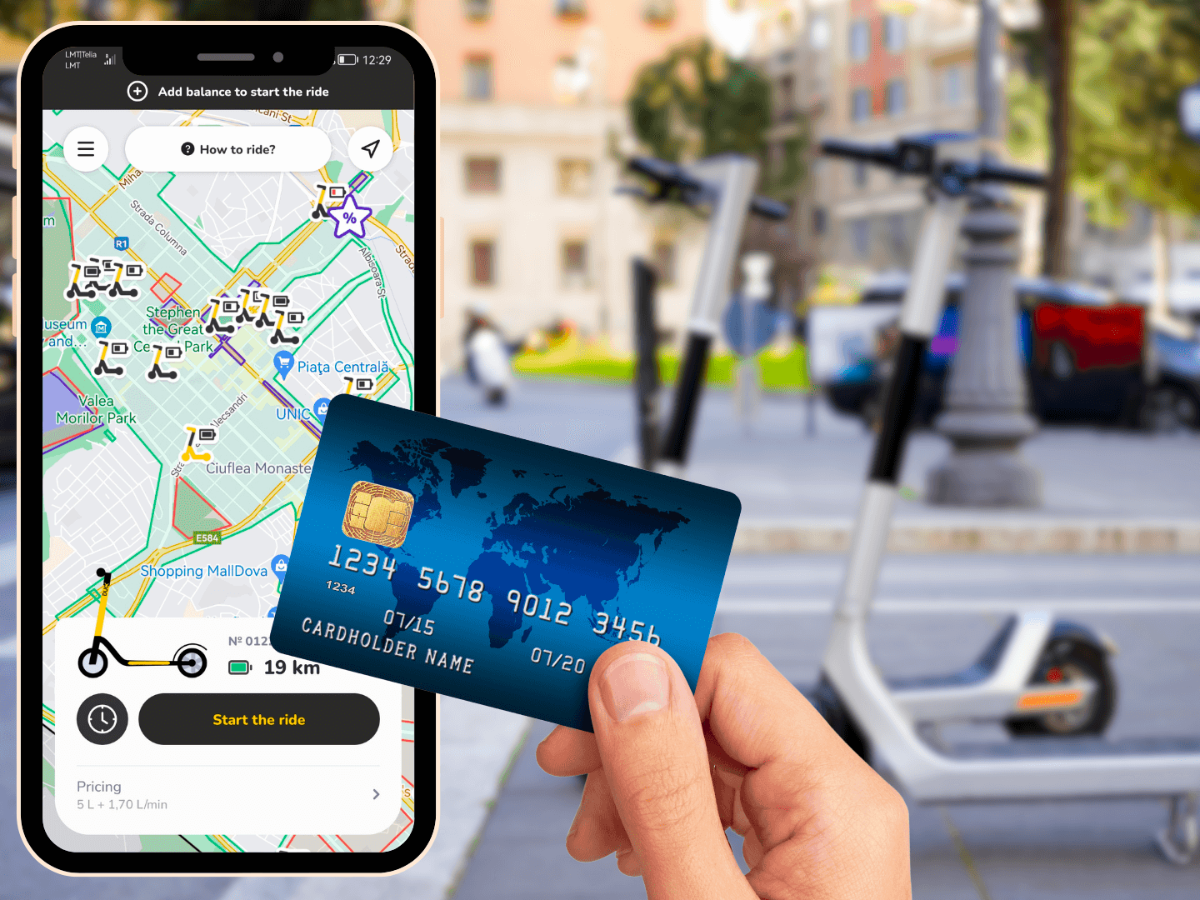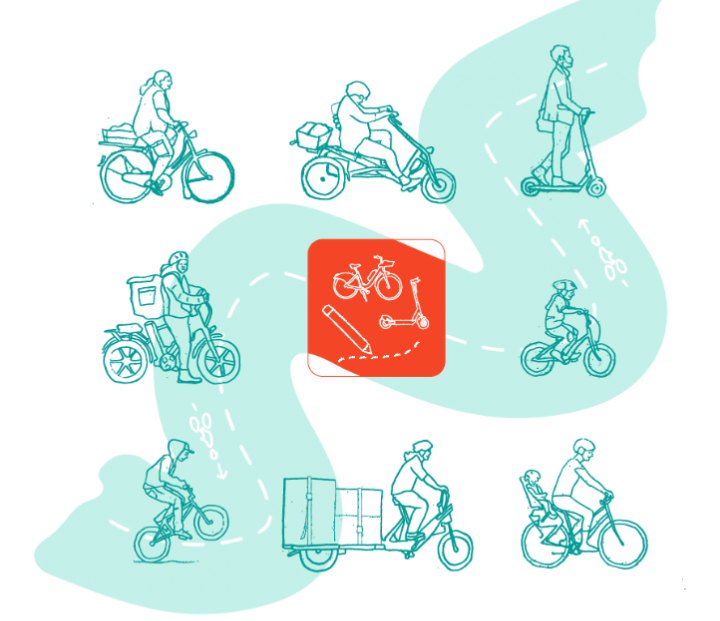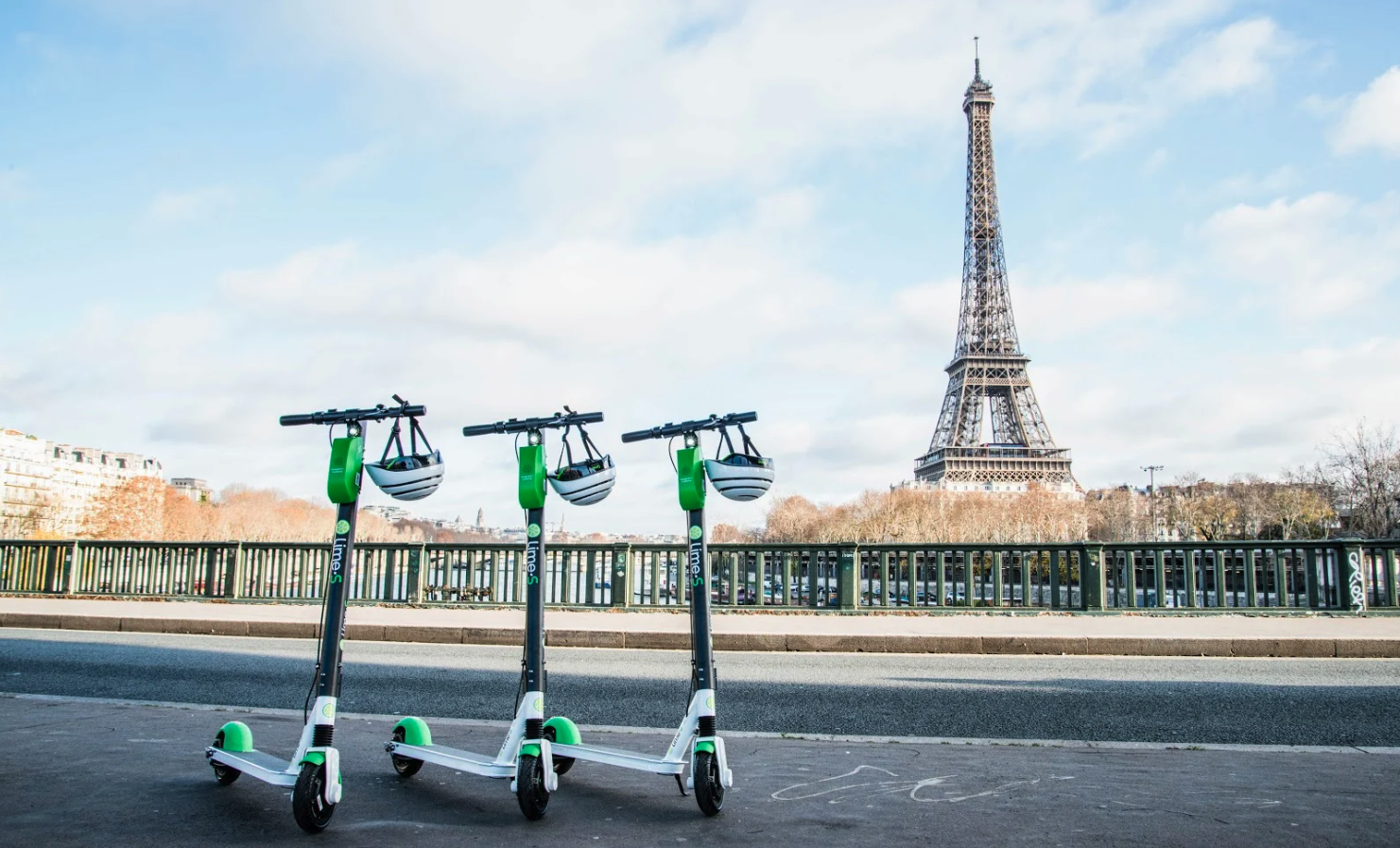Thirty years ago, the car was king.
A lot has changed since then, and people increasingly see the value in environmentally friendlier micro-mobility transit options.
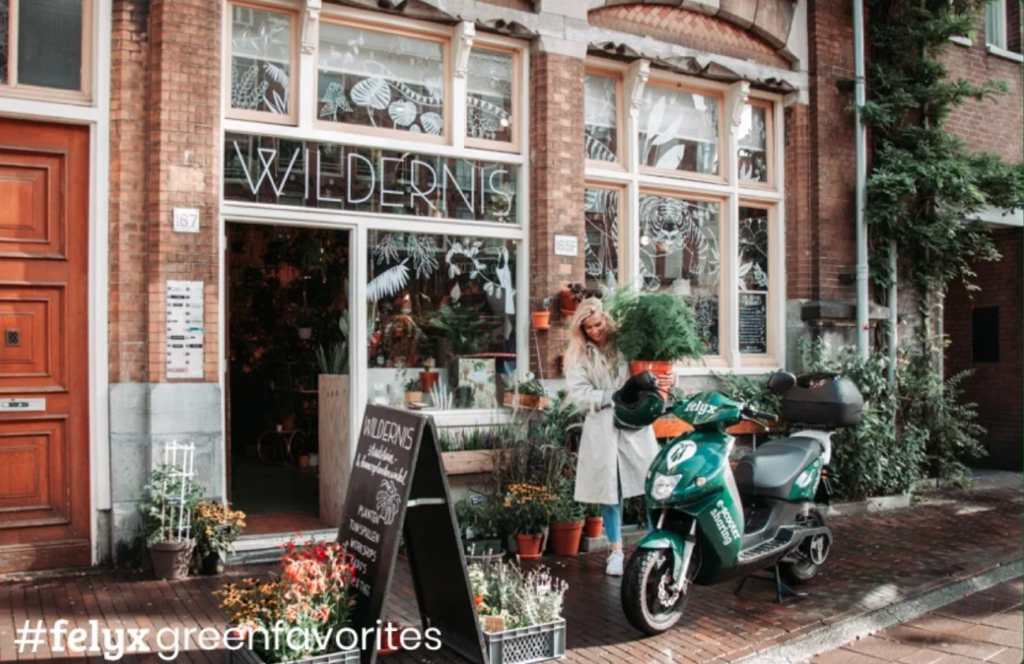
All you have to do is follow the money – by 2030, according to McKinsey, the shared mobility sector will have generated $1 trillion in spending.
All this means that micro-mobility is a serious business, and like all serious businesses, they have to think about marketing themselves. We’ve pulled together some of the most creative, fun, and effective shared mobility marketing campaigns out there. See what companies are doing, how they’re addressing their audiences, and get inspired for your own campaigns.
Lime – Break Up with Your Ride
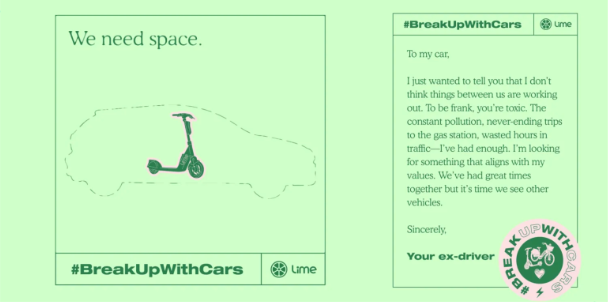
Mobility vehicles: electric scooters, e-bikes, e-mopeds
Campaign geography: US, UK, Germany
About the campaign:
Lime, a micromobility company present in 150 cities in 30 countries, launched their “Break up with your ride” campaign in the summer of 2022, offering car owners incentives up to $3,500 in value to stop using their cars for a certain amount of time and choose shared mobility options instead.
They highlighted several of the downsides of using cars – ranging from environmental factors to sitting in traffic – to convince the drivers of a need for a break. The subtext, while not explicitly states, was that shared mobility is better for the environment and also eliminates many headaches associated with car ownership.
Lime timed the campaign to coincide with Earth Day, and drivers were able to pledge a certain amount of time that they would go car-free. Participants were able to win Lime merch, gift cards, an electric bike, and Lime rides up to $3,500 in value.
Why we love it:
Many shared mobility users are already carless. That’s why shared vehicles are an attractive service – it helps them get around. What makes this campaign particularly effective is that they’re going after a new segment – car owners. By tying it to Earth Day and positioning the “breakup” as an environmental act of kindness, they’re able to tap into car owners’ altruism and concern for the environment, rather than trying to sell them on shared mobility. Thus, the use of Lime’s e-vehicles is seen as simply a nice side effect – a win-win for both.
Fun fact:
This campaign has proven to be so successful, that we’re seeing the same concept applied by other micromobility services like Bolt’s “Break up to break free” campaign.
Bolt – the First Scooter for Cats
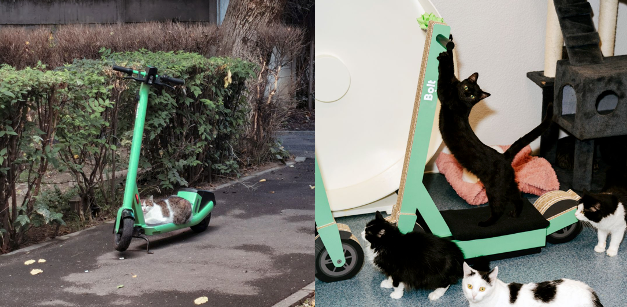
Mobility vehicles: e-scooters, ride-hailing, car sharing
Campaign geography: global
About the campaign:
The branding team at Bolt, the Estonian-based micromobility service, saw a recurring trend – of street cats enjoying relaxing on their scooters’ base (many photos being shared by Bolt users), which is black and warms up under the sun. They jumped on the observation, and put together a cardboard scratching post that looks just like a bolt scooter, complete with scratch pads and comfy cushions for optimal feline lounging.
The process was documented and shared on social channels – ranging from a series of photos on Linkedin to a video on TikTok. The posts have generated considerable engagement, the Linkedin post has over 2,000 responses and the TikTok has over 291,000 views – currently their most viewed video on their platform (the average views being around 5-6k). Their post includes a post scriptum message and link to a local Estonian animal shelter with cats looking for new homes.
Why we love it:
It’s just a bit of good fun! Who doesn’t love a wholesome campaign that has no explicit sales or profit motives, and with fun photos of cats, no less.
This is a masterful use of client-generated content (the cat photos), and the fun of going the extra mile, constructing a cat scratching post. The inclusion of a CTA (call to action) to support the local animal shelter gives the fun post a deeper, socially responsible message, and by repurposing the content for various social platforms they’re able to spread their message to their users and demonstrate their brand values as well.
Uber – Keep Ukraine Moving
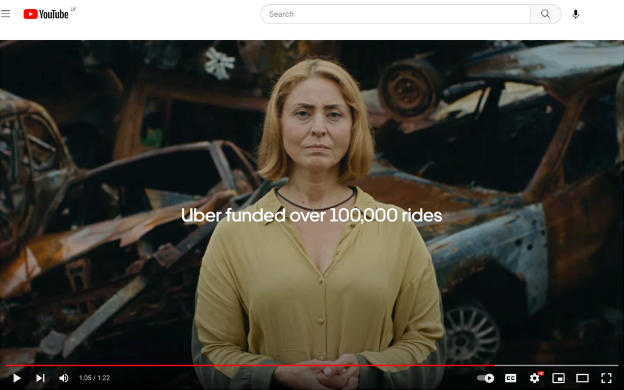
Mobility vehicles: ride-hailing
Campaign geography: global
About the campaign:
In response to Russia’s invasion of Ukraine, a country in which Uber was present, Ukrainian Uber drivers started to use the app to help evacuate citizens in need. Uber stepped up to support these initiatives – opening up the platform for global donations to buy much-needed ambulances, and Uber itself committed to match donations up to $1M.
Within the scope of the campaign, Ukrainian filmmaker Oleg Tomin documented some of the drivers making the perilous journeys to evacuate stranded Ukrainians, and published the series on Youtube.
The results of the campaign include over 100,000 trips and $5M in donations from global Uber users. Uber is involved in transporting key support personnel and transporting, evacuating, and conserving artwork and archives.
Why we love it:
While micromobility businesses are just that – businesses – Uber demonstrated leadership in a time of crisis, mobilizing their resources in order to support Ukrainians in times of need and generating support using their global platform.
Transportation is undeniably a part of critical infrastructure, and Uber was able to play a major role in making sure that their systems, which were already in place could be made use of. While the campaign was not profit-driven, it showed the brand’s humanity, a value that likely won’t be forgotten by many who have been impacted by the war in Ukraine.
Turo – Find Your Drive
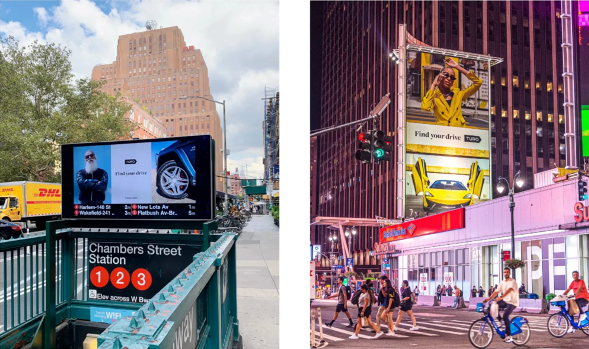
Mobility vehicles: car sharing
Geography: USA, UK, Australia
About the campaign:
Turo’s “Find Your Drive” campaign highlights the unique pairing between person and car, matching a car’s colour and “vibe” with a correspondingly dressed individual. The subtext communicates that your choice of vehicle is a direct embodiment of a person’s style. Turo, which lets users choose from various vehicles (including fun, funky, and exclusive models), is saying that there is something that will suit everyone.
Why we love it:
The campaign is clever in its simplicity – no massive production budgets were required to convey the main message, which in this case is that whatever your personality and preference, there will be a car for hire that you’ll love.
These images could be repurposed for a variety of platforms, ranging from billboards to online content. The diversity in people photographed ensured that the campaign spoke to a diverse array of people, thus accessing a wider audience.
Lime – Sh*tty Scooters

Mobility vehicles: electric scooters, e-bikes, e-mopeds
Campaign geography: London, Paris
About the campaign:
While electric scooter use is on the rise, they remain a point of contention in some cities more than in others. To address this concern, Lime created a series of print adverts showcasing some of the main negative opinions regarding electric scooters, with some of the posters reading “Sh*tty scooters!”, “Scooters really p*ss me off” and “These scooters are such a f*cking pain”.
The goal was to show the community that they were listening and that they were doing something to discourage bad behaviour, while also hoping to educate the public, their users, on respectful scooter use in the city.
Why we love it:
This campaign is eye-catching and makes waves thanks to its shock-value. More than that, it is also a simple yet highly effective way to address the concerns of society-at-large, while also subconsciously teaching their riders about scooter etiquette.
Felyx Mopeds – #felyxgreenfavorites and #felyxhotspots

Mobility vehicles: e-mopeds
Campaign geography: Rotterdam
About the campaign:
Felyx, an e-moped sharing platform present in The Netherlands and Belgium, launched a social media campaign making use of hashtags to showcase the places you can go with Felyx mopeds. Two hashtag campaigns have been launched, one being #FelyxGreenFavorites, the other #Felyxhotspots.
They hosted photoshoots to create a series of images demonstrating interesting destinations within a moped’s ride, as well as different ways to live a greener lifestyle by using Felyx mopeds – from enjoying nature to visiting plant shops.
Why we love it:
The social campaign simultaneously gives people ideas as to how to use the mopeds, and by combining it with environmental messages, they increase eco-conscious individuals’ likelihood of remembering to choose Felyx over other mobility options. By providing a variety of destinations, they’re able to get their users’ creative juices flowing, and thus boosting demand for their services. What’s more is that this is an incredibly simple campaign to execute, and provides social media content – something your brand requires anyway.
Shared Mobility Marketing Campaigns Can Be as Unique as Your Brand
These examples show us that there are no rules when it comes to shared mobility marketing campaigns. Simple is often impactful, and the campaigns don’t always have to be profit-driven. You can use your campaigns to promote your brand values and personality, thus attracting clients that are on the same wavelength. In the end, they’ll become your most loyal customers.
This article was originally published by ATOM Mobility.





